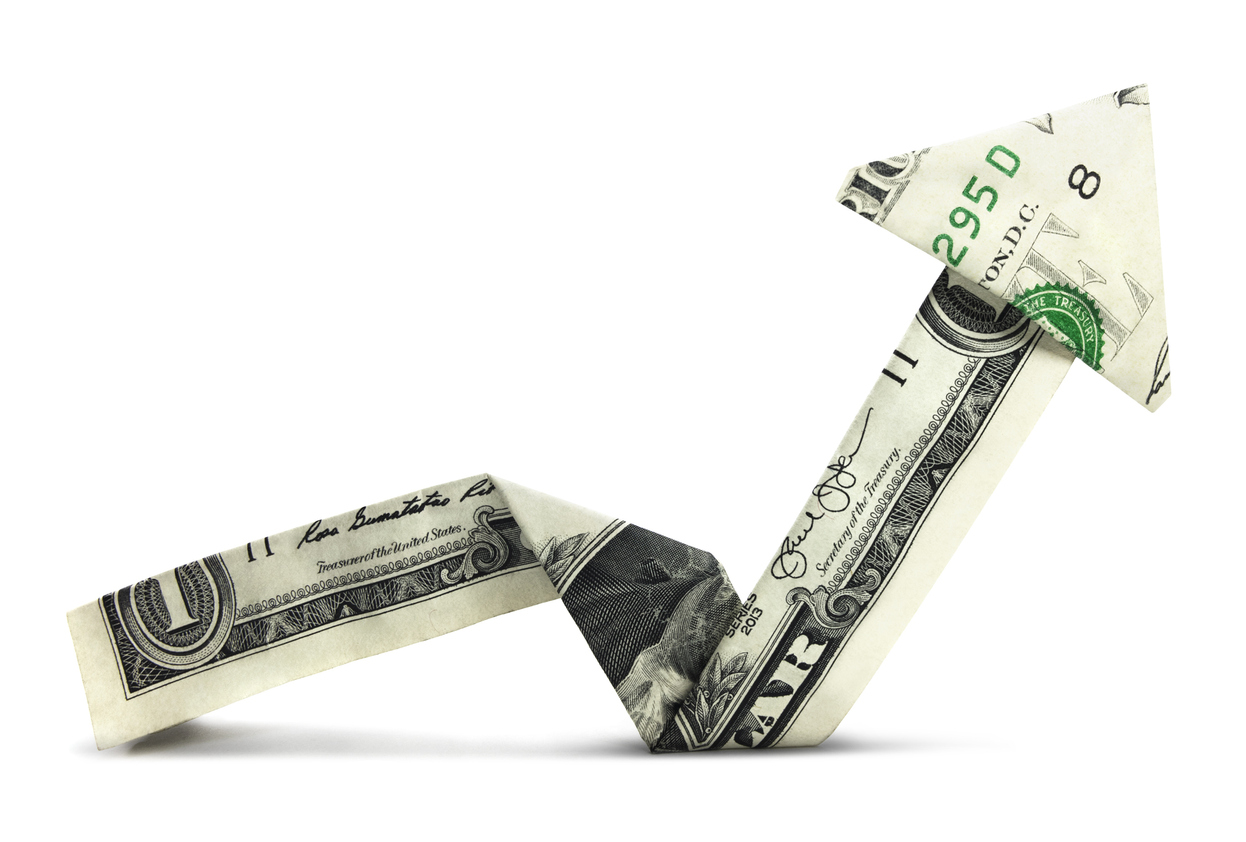There is no denying the inherent complexity of financial markets. One just has to look at the fluctuation in asset prices on a daily basis to understand the challenge traders and investors are confronted with. These fluctuations are often the result of global political and economic events.
This begs the question – is there a formula that traders rely upon to effectively manage their investment portfolios?
According to Giles Coghlan, Chief Currency Analyst at HYCM, in short, the answer is no. Below he explains why the size and complexity of financial markets means it is virtually impossible to stay on top of every major and minor trade occurring across the world’s key markets.
Investors can consult with online tools that provide live updates and succinct summaries of asset price movements; however, having access to this knowledge will only go so far. The big challenge is understanding how to use this information to inform trades and investment strategies.
With the US-China trade war, the US Presidential election, the spread of the coronavirus, and the UK’s withdrawal from the EU just a few of the major events likely to shape 2020, now is an important time to understand the techniques regularly used by traders and investors when confronted by certain political and economic conditions.
The stock market is all about cause and effect
Staying on top of market movements can best be achieved by first understanding the basic principle of causality. By this, I mean that one event, trend or market movement will inevitably contribute to another, leading to a constant hive of activity.
For example, decades’ worth of quantitative evidence indicates that during volatile trading periods (often brought on by an unforeseen political or economic event), investors rally to hard assets like gold and oil. This model was played out in the opening weeks of 2020. With military tensions between the US and Iran rising, market demand for gold surged considerably. As a result, its price per ounce reached $1,600 USD on 7th January 2020 – its highest price in nearly seven years.
In the above scenario, investors rallied to gold due to its ability to retain or increase its value in times of market turbulence. This is why it dubbed a ‘safe haven asset’. What’s more, a similar observation can be made when confronted with the opposite scenario.
History regularly demonstrates that during periods of market stability, investors tend to look to stocks and shares. While much more sensitive to sudden movements and shifts, these soft assets also allow investors to leverage growth in different sectors by actively investing in different companies. Investing in stocks and shares can also bring with it the added benefit of dividend and stock repayments.
History regularly demonstrates that during periods of market stability, investors tend to look to stocks and shares. While much more sensitive to sudden movements and shifts, these soft assets also allow investors to leverage growth in different sectors by actively investing in different companies.
Understand what type of investor you are
For early-stage investors, there is a tendency to think that acting fast when reacting to a sudden market movement can deliver significantly higher returns. While this is true to an extent, it also fails to consider the huge level of risk involved with such a tactic. Professional traders and seasoned investors understand this, which is why they are prepared to take on any losses that could be incurred as a result.
Alternatively, for those using the financial markets as a way of building up solid, long-term returns, engaging in short-term trades is a very high-risk strategy that could incur significant loses. Not accounting for these loses might then result in an investor having to restructure his or her investment portfolio and ultimately change their financial strategy.
There is no right or wrong answer here. High risk, high return investors approach the markets in a completely different manner than low risk, low return investors. Regardless, it is important to identify what type of strategy you’re adhering to and stick with it.
For example, renowned investor Warren Buffet stayed committed to his value-orientated strategy during the 1990s by deciding not to invest in the dot-com boom. In the short-term, he did lose out on immediate gains from tech companies that were increasing in value and size. Yet in the long-term, he also avoided the dot-com crash, where many of the online companies that initially emerged began to crumble.
[ymal]
The same can be said when faced with a sudden market shock. The key rule to remember here is not to panic but rather trust the financial strategy you have in place. Acting with your heart instead of your mind is never a good idea in the world of investing.
Use the market to your advantage
There is ultimately no perfect formula or strategy that is universally applicable to all investors. However, by learning about past events and understanding how different asset prices reacted, there are plenty of underlying lessons that can be taken onboard.
Above all else, creating and adhering to an investment strategy that aligns closely to your financial goals cannot be overlooked. And if you are ever in doubt, be sure to speak with a financial professional.
High Risk Investment Warning: CFDs are complex instruments and come with a high risk of losing money rapidly due to leverage. 67% of retail investor accounts lose money when trading CFDs with this provider. You should consider whether you understand how CFDs work and whether you can afford to take the high risk of losing your money. For more information please refer to HYCM’s Risk Disclosure.












